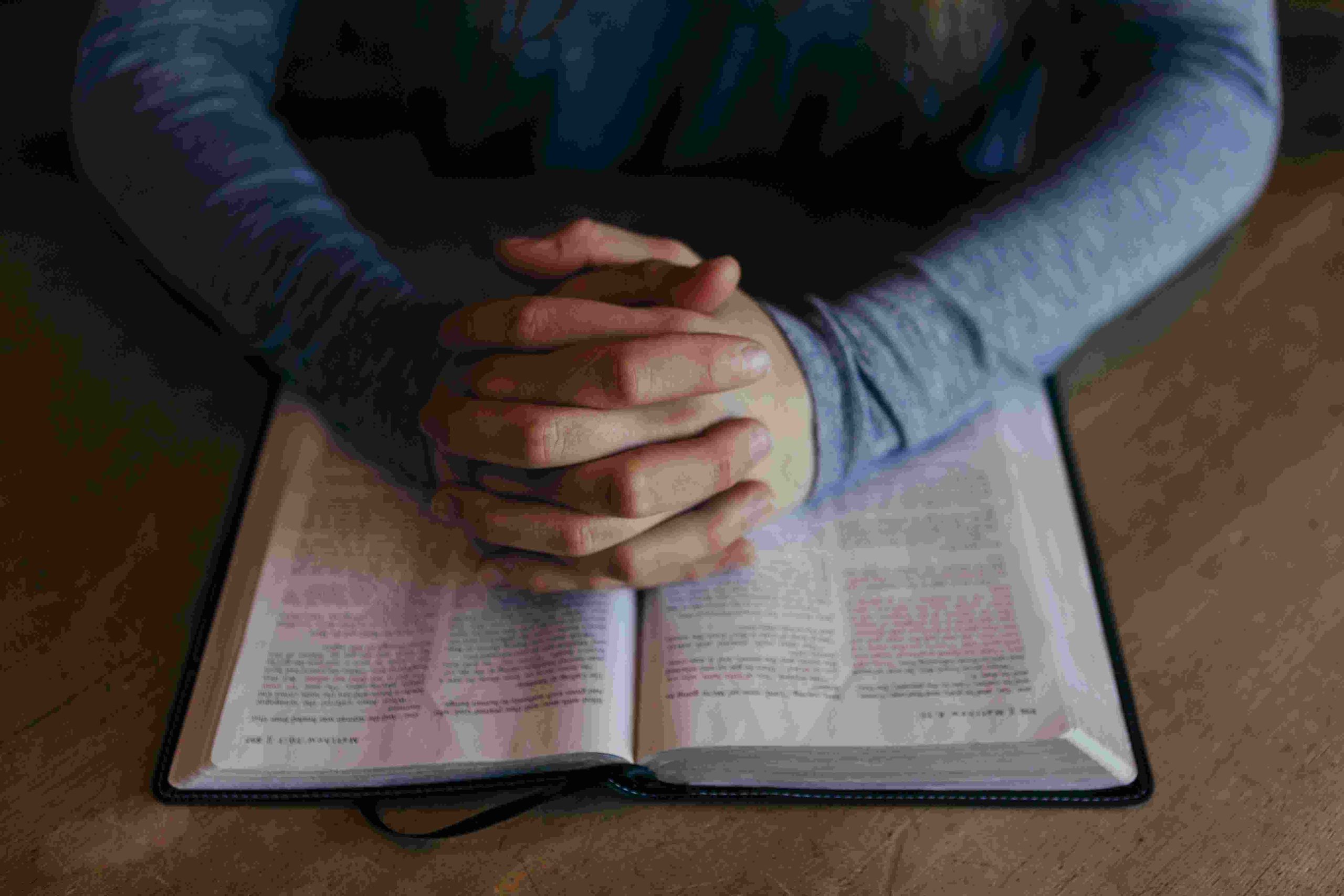When you think about relationships, do those thoughts come with warm and welcoming feelings, or are you left feeling on edge? People don’t experience relationships the same way, and how you interact with others and form relationships is influenced by your earliest interactions with others. Depending on what those interactions were like then, you may have trouble forming healthy relationships with people now.
How a person relates to others and forms connections is called an attachment style. An anxious-avoidant attachment style is one type of attachment style, and it has a significant impact on relationships.
Anxious-Avoidant Attachment Style
A person’s attachment style develops early in life, especially during childhood and early adolescence. Your attachment style can change later in life, but many of your main patterns of relating to others are set early on.
We form secure attachments when our parents or caregivers provide consistent and reliable care. A secure attachment means a child feels secure and knows their parents or caregivers will meet their needs.
 An anxious-avoidant attachment style is one of several insecure attachment styles. The anxious-avoidant style is a combination of an anxious and an avoidant attachment style. An anxious style is marked by fear of being abandoned. While desiring closeness, there’s a sensitivity toward rejection. An anxious style is often associated with low self-esteem and the fear of not being wanted around.
An anxious-avoidant attachment style is one of several insecure attachment styles. The anxious-avoidant style is a combination of an anxious and an avoidant attachment style. An anxious style is marked by fear of being abandoned. While desiring closeness, there’s a sensitivity toward rejection. An anxious style is often associated with low self-esteem and the fear of not being wanted around.
On the other hand, an avoidant style will often involve being self-reliant and creating emotional distance from others. Being close to others may even feel uncomfortable for a person with an avoidant attachment style, and such individuals often don’t seek support from others. While having people around them, the person with an avoidant style will often keep them at arm’s length and steer clear of emotional intimacy.
An anxious-avoidant attachment style combines aspects of the anxious and avoidant attachment styles. The anxious-avoidant attachment style is one in which there is a tendency to avoid emotional intimacy, and to feel discomfort at being close to others. Additionally, this style also features a fear of being abandoned or rejected. Thus, there may be a deep desire for intimacy, but at the same time a fear of it.
A person with an anxious-avoidant attachment style may find themselves struggling with the impulses to be close to people while simultaneously finding it hard to depend on or trust others. They may avoid intimate relationships as a result of this push-pull happening inside them.
Causes of An Anxious-Avoidant Attachment Style
An anxious-avoidant attachment style will typically develop as a response to inconsistent, unpredictable, or traumatic experiences in early relationships with one’s parents or caregivers. People with anxious-avoidant attachments may desire to be emotionally close to others, but they may find themselves avoiding connecting with others. They might end up relying on themselves, craving freedom, and finding it difficult to deal with emotions.
 Some of the common factors that tend to contribute toward an anxious-avoidant attachment style include experiences such as childhood emotional or physical trauma and neglect. It may result if a child is exposed to an unpredictable or chaotic home environment, inconsistent parenting which vacillates between neglect and over-protection or controlling behavior, emotionally unavailable parents, or having frequent changes in caregivers.
Some of the common factors that tend to contribute toward an anxious-avoidant attachment style include experiences such as childhood emotional or physical trauma and neglect. It may result if a child is exposed to an unpredictable or chaotic home environment, inconsistent parenting which vacillates between neglect and over-protection or controlling behavior, emotionally unavailable parents, or having frequent changes in caregivers.
If a child develops an anxious-avoidant attachment style, that may result in issues such as having difficulty trusting others, being unable to regulate one’s emotions, a fear of rejection or abandonment, avoiding intimacy, being anxious or hyper-vigilant in relationships, difficulty expressing emotions, and sometimes tending to either idealize or devalue romantic partners.
As one can imagine, all this may affect relationships in various ways.
How Anxious Avoidant Attachment Affects Relationships
If one or both partners in a relationship have an anxious-avoidant attachment style, their relationship may be complicated to navigate. The anxious-avoidant style will affect whether the couple feels secure in their relationship, how they handle conflict, their sense of emotional closeness, and whether they feel they can trust each other.
Some ways that an anxious-avoidant attachment style can affect a relationship include the following:
Lack of trust and intimacy This attachment style is often marked by a fear of rejection and abandonment, which means it may be hard to be vulnerable and fully trust one another. Intimacy is thus limited, and it may also mean it’s harder to offer and receive meaningful emotional support when needed.
Unhealthy communication If one is anxious about rejection or criticism, that can put them on the defensive. Instead of communicating clearly, assertively, and honestly, what can sometimes happen is stonewalling, being defensive, and masking one’s true feelings. The end result is that there is poor mutual understanding, and felt needs may go unmet, leading to frustration and possibly resentment.
Codependency Instead of healthy communication, what may result are efforts to manipulate and control behavior. The reason for this is to ensure reassurance and validation to soothe anxious feelings and the fear of rejection or abandonment. To this end, unhealthy behaviors like rescuing or enabling may become the relationship pattern, as that helps to maintain a sense of security.
 Conflict Due to poor communication, resentment from codependent behaviors, and anxiety which often leads to clinginess and constant bids for reassurance, the relationship may end up mired in intense and constant conflict. During conflict, the anxious-avoidant partner may minimize their partner’s needs, shut down, avoid commitment and conflict, or engage in passive-aggressive behaviors.
Conflict Due to poor communication, resentment from codependent behaviors, and anxiety which often leads to clinginess and constant bids for reassurance, the relationship may end up mired in intense and constant conflict. During conflict, the anxious-avoidant partner may minimize their partner’s needs, shut down, avoid commitment and conflict, or engage in passive-aggressive behaviors.
When conflict is avoided or one party shuts down, the result is that the issue doesn’t get resolved constructively. This means that the issue is likely to rear its head again and perhaps be more intense than before.
Uncertainty and intense emotional cycles The polarization between the anxious and avoidant aspects of the anxious-avoidant attachment style means that the relationship will often oscillate between extremes. The push-pull dynamic that often unfolds is genuinely unsettling, and the relationship won’t feel secure.
An anxious-avoidant attachment style thus leaves the relationship feeling volatile and unsettled, riddled with intense conflict that may not get resolved, and marked with issues like poor communication and unhealthy codependent patterns. The good news is that any insecure attachment style can be overcome, and the relationship doesn’t have to remain stuck in the same cycle or dynamic.
Moving Toward a More Secure Attachment Style
We are shaped by events and experiences near and far from who we are today. How a person acts in relationships and relates with their significant others can be heavily influenced by what they went through as a child and an adolescent. Thankfully, the story doesn’t end there, nor does it have to. It is possible to overcome an anxious-avoidant attachment style and develop a more secure attachment style.
The path to overcoming the anxious-avoidant attachment style includes leaning into more open and vulnerable communication, deep self-reflection, and committing to healthy relationships with more secure patterns of behavior. Self-reflection and self-awareness will help you recognize your attachment style and how it affects the way you act in relationships. It’s important to identify and understand what your attachment style is and entails.
 It is important to set healthy boundaries to create a sense of emotional safety in the relationship. In times of conflict, in particular, this helps the couple to express themselves comfortably without apprehension about being rejected or judged. With healthy boundaries in place, the use of vulnerable and honest communication that leaves room for other perspectives can aid in trust-building and managing conflict better.
It is important to set healthy boundaries to create a sense of emotional safety in the relationship. In times of conflict, in particular, this helps the couple to express themselves comfortably without apprehension about being rejected or judged. With healthy boundaries in place, the use of vulnerable and honest communication that leaves room for other perspectives can aid in trust-building and managing conflict better.
You don’t have to do this work by yourself. Seek professional help from a counselor or therapist. Some counselors and therapists specialize in attachment issues, and they can help you with many things, including developing emotional regulation skills, learning healthy communication and conflict management, developing a growth mindset, and nurturing emotional resilience.
Through various therapeutic approaches such as emotionally-focused therapy, attachment-based therapy, trauma-informed care, and cognitive behavioral therapy, you can turn things around for the better.
If you or your partner have an anxious-avoidant attachment style, reach out to me and we can explore this topic together; in a safe and compassionate therapy session.
“Talk to the Hand”, Courtesy of Vera Arsic, Pexels.com, CC0 License; “Sitting on the Sidewalk”, Courtesy of Odonata Welnesscenter, Pexels.com, CC0 License; “Young Couple”, Courtesy of Trinity Kubassek, Pexels.com, CC0 License; “Financial Stress”, Courtesy of Mikhail Nilov, Pexels.com, CC0 License
-
Bryan Ferguson: Author
I believe that every person is immeasurably valuable, unique, and made in the image of God. Sometimes having a compassionate therapist who will create a safe, nonjudgmental space for you to share your emotional burdens can be the greatest catalyst fo...
Recent Posts
-
Kate Motaung: Curator
Kate Motaung is the Senior Writer, Editor, and Content Manager for a multi-state company. She is the author of several books including Letters to Grief, 101 Prayers for Comfort in Difficult Times, and A Place to Land: A Story of Longing and Belonging...
DISCLAIMER: THIS ARTICLE DOES NOT PROVIDE MEDICAL ADVICE
Articles are intended for informational purposes only and do not constitute medical advice; the content is not intended to be a substitute for professional medical advice, diagnosis, or treatment. All opinions expressed by authors and quoted sources are their own and do not necessarily reflect the opinions of the editors, publishers or editorial boards of Stone Oak Christian Counseling. This website does not recommend or endorse any specific tests, physicians, products, procedures, opinions, or other information that may be mentioned on the Site. Reliance on any information provided by this website is solely at your own risk.






